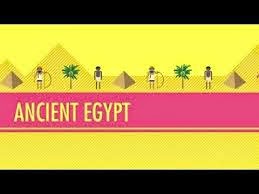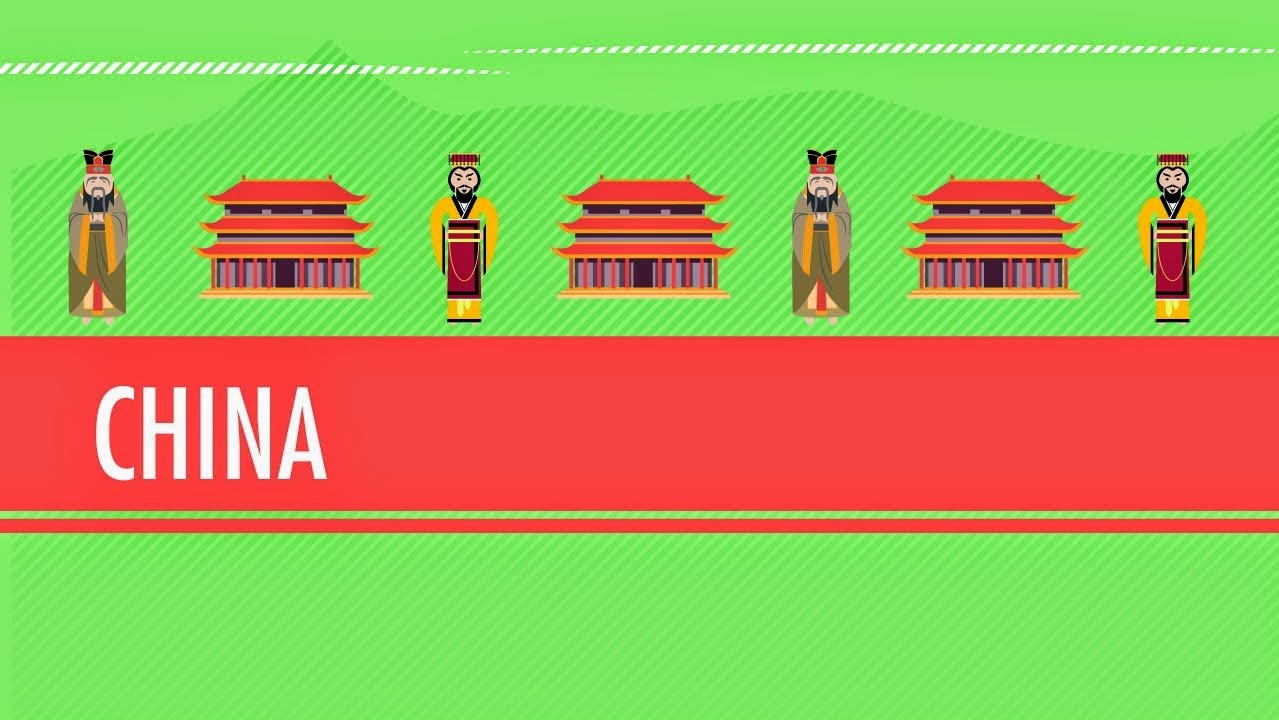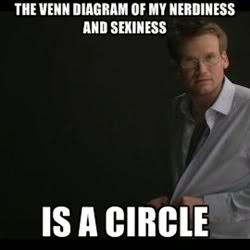Temporary Agenda: Nov. 3rd-7th
Week at a Glance:
Monday- Welcome back and Classical Empire Project Prep
Tuesday- Classical Project
Wednesday- Classical Project
Thursday- Classical Project
Friday- Classical Project Presentations???
Monday, Nov 3rd, 2014
Quote of the Day:
The armies separated; and, it is said, Pyrrhus replied to one that gave him joy of his victory that one more such victory would utterly undo him. For he had lost a great part of the forces he brought with him, and almost all his particular friends and principal commanders; there were no others there to make recruits, and he found the confederates in Italy backward. On the other hand, as from a fountain continually flowing out of the city, the Roman camp was quickly and plentifully filled up with fresh men, not at all abating in courage for the loss they sustained, but even from their very anger gaining new force and resolution to go on with the war.
—Plutarch
Agenda:
1. Welcome back...
Classical Empires Project Preparation
|
Classical Era Class Project
500 b.c.e-500 c.e.
Goal:
· Explore political, cultural and social structures in Classical Eurasia.
· Consider what made the structures above different in varying Classical Civilizations.
· Explore the nature of Classical Patriarchy and its variations.
End-Product:
By creating a product and presentation to convince your classmates to live in your Empire of the Classical Era. You should make a compelling sales pitch. Do NOT forget to voice your opinion regarding Eurasian competitors.
5 Teams:
1. Greek Polis- Athens
2. Greek Polis- Sparta
3. Roman Empire
4. Hand Dynasty of China
5. Mauryan Empire of India
I. Thou shalt not neglect any disciple of thy covenant. (Full participation)
II. Thou shalt praise thrice ways the superiority of thy Empire. (3 reasons why your best)
III. Thou shalt smite the infidels of foreign empires. (1 reason why other empires are weakest)
IV. Thou shalt praise thrice thy empire by citing the Holy Source of Primary.
V. Thou shalt praise thy empire for no less than 5 minutes and no more than 10.
VI. Thou shalt construct monuments in praise of thy empire in the form of the following:
-Advertisement/Travel Poster
-Advertisement/Travel Brochure
-Video
-Prezi/PowerPoint/GoogleDocs Presentation
-Rap song
-Any other approved by the AP High Priest, His Holiness and Eminence, the Majestic Monk Guru Dalai Lama Brahmin Saint Anthony Mers of Waukegan.
Main Focus Points: Use Strayer and other sources to highlight factors such as:
- Social Mobility - Role of women
- Stability and security of your empire - Slavery
- Patriarchy -Class/Caste system
- Government - Military strength
- Social order -Religion/Cultural Traditions
- Education - Resources (land, geography, Nat. Resources)
- Trade/Economic Power - Technology
Tuesday, Nov 4th, 2014
Quote of the Day: "You miss 100% of the shots you don’t take." –Wayne Gretzky
Agenda:
1. Chapter 6 Reading Quiz
2. Continue project preparation (Primary Source Evaluation)
Learning Targets:
- Analyze social structures of Classical Eurasia
- Compare and contrast social structures and analyze reasons for similarities and differences
- Address the nature of classical patriarchy and its variations
Big Picture Questions:
A. What is the difference between class and caste?
B. Why was slavery so much more prominent in Greco-Roman civilization than in India or China?
C. What philosophical, religious, or cultural ideas served to legitimize the class and gender inequalities of classical civilizations?
D. "Social inequality was both accepted and resisted in classical civilizations." What evidence might support this statement?
E. What changes in the pattern of social life of the classical era can you identify? What accounts for these changes?
F. "Cultural and social patterns of civilizations seem to endure longer than the political framework of states and empires." Based on Chapters 4, 5 and 6 would you agree with this statement??
Margin Review Questions:
1. How would you describe the social hierarchy of classical China?
2. What class conflicts disrupted Chinese society?
3. What set of ideas underlies India's caste-based society?
4. What is the difference between varna and jati as expressions of classical India's caste system?
5. How did India's caste system differ from China's class system?
6. How did the inequalities of slavery differ from those of caste?
7. How did Greco-Roman slavery differ from that of other classical civilizations?
8. In what ways did the expression of Chinese patriarchy change over time, and why did it change?
9. How did the patriarchies of Athens and Sparta differ from each other?
Key Terms:
- Ban Zhou
- Brahmins
- caste
- dharma
- Greek and Roman slavery
- helots
- karma
- Ksatriya
- latifundia
- Pericles
- "ritual purity"
- scholar-gentry class
- Spartacus
- Sudra
- the "three obediences"
- untouchables
- Vaisya
- Wang Mang
- Empress Wu
- Wudi
- Yellow Turban Rebellion
Wednesday, Nov. 5th, 2014
Quote of the Day: "I’ve missed more than 9000 shots in my career. I’ve lost almost 300 games. 26 times I’ve been trusted to take the game winning shot and missed. I’ve failed over and over and over again in my life. And that is why I succeed." –Michael Jordan
Agenda: Continue project prep
Thursday, Nov. 6th, 2014
Agenda: Continue project prep
Friday, Nov. 7th, 2014
Agenda: Continue project prep






















